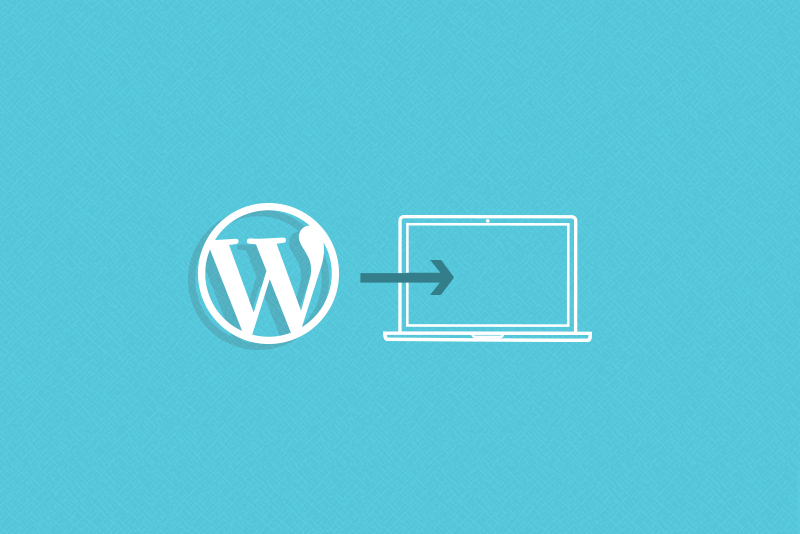These days, most good web hosting companies tend to offer one-click installation of popular Content Management Systems and blogging platforms, especially if you buy a dedicated WordPress hosting plan.
If yours doesn’t, getting everything set up and ready to build your new website may seem like a pretty scary affair.
Don’t worry, it doesn’t have to be. Here’s our simple beginners guide to manually installing WordPress on your hosting server.
Get the files
This is just about the easiest thing we’ll do throughout the whole setup process. Before you can install WordPress on your server, you’ll need to get the files from.
Click the blue button that we’ve circled above, and this will take you to a separate page telling you about the latest WordPress release. To the right-hand side of that page is another blue button which you can click to download a .zip folder containing WordPress to your hard drive.
Open the zip file and extract the contents to a folder, then you’re ready for the next step.
Download free FTP software
Since we’re writing this tutorial for beginners, we’re going to assume you don’t already have an FTP client like Filezilla installed on your computer. If you do, skip to the next step. If not, read on.
Head to and follow the simple steps to download the program. When that’s done, open it up and run the installer.
We recommend selecting the advanced installation. As much as we love Filezilla, we don’t appreciate all those little things they sneak in with their basic installation, such as changing our homepage and default search engine, so we’ll choose ‘Advanced’ and uncheck all those boxes.
Install WordPress using FTP
With Filezilla installed, we’re now going to use it to upload WordPress to our server. To do that, we’re first going to need the FTP settings from our server.
Log in to your control panel, and you should see an icon labelled something like ‘FTP accounts’ as circled above. Click that, and you’ll next be tasked with creating an FTP account for your site, which is as simple as choosing a username and password, and clicking ‘create.’
You’ll now see your new FTP account listed below the ‘Add FTP’ box, as below. click ‘Configure FTP Client’ at the far-right to get the details of your account.
If you see the Filezilla box with ‘FTP Configuration File’ and ‘Instructions’ listed below it, you can simply click on the link to download a file, and then, with Filezilla open, go to file – import and upload the file.
With that done. Go back to file and click – Site manager. You’ll find the file you just uploaded, and can quickly connect to it.
If that doesn’t work, type in the details manually across the top of your screen and hit quick connect.
Next, all you need to do is use the left-panel in your Filezilla client to find the WordPress files you extracted, and select all.
Drag them across into the right-hand panel, and you’re almost good to go.
Create your MySQL database
Now that we’ve got the WordPress files on our server, we’re going to need an MySQL database in order to install them.
To do that, go back to your cPanel and click the MySQL database wizard. That will lead you through the whole process, and when you’re finished, be sure to write down the details of the new database you created. You’ll need them in a moment.
Install WordPress
Things generally get a little trickier here, but if you’ve done everything correctly so far, you shouldn’t have too much trouble.
To start with, type in your website URL and click the ‘Create a Configuration Button’ you’ll find there.
Add in the details of your MySQL database and submit them.
Hit submit, and you’ll be ready to install. Simply hit the button, fill in your details, and give yourself a pat on the back: You’ve successfully installed WordPress, and are ready to start building your awesome new website.
